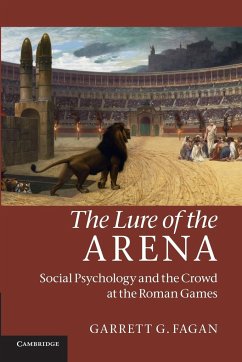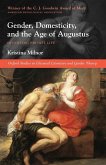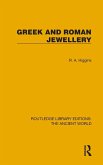Why did the Romans turn out in their tens of thousands to watch brutal gladiatorial games? Previous studies have tried to explain the attraction of the arena by theorizing about its cultural function in Roman society. The games have been seen as celebrations of the violence of empire or of Rome's martial heritage, or as manifestations of the emperor's power. The desire to watch has therefore been limited to the Roman context and rendered alien to modern sensibilities. Yet the historical record reveals that people living in quite different times and circumstances (including our own) have regularly come out in large numbers to watch public rituals of violence such as executions, floggings, animal-baiting, cudgeling, pugilism and so on. Appreciating the social-psychological dynamics at work in attracting people to watch such events not only deepens our understanding of the spectator at the Roman games but also suggests something important about ourselves. Why did the spectacles of violence and bloodshed in the amphitheatre prove so appealing to the Romans? To answer this, Professor Fagan examines the ancient evidence in detail and draws on insights from modern studies of social psychology, and especially the behaviour of crowds.
Hinweis: Dieser Artikel kann nur an eine deutsche Lieferadresse ausgeliefert werden.
Hinweis: Dieser Artikel kann nur an eine deutsche Lieferadresse ausgeliefert werden.









